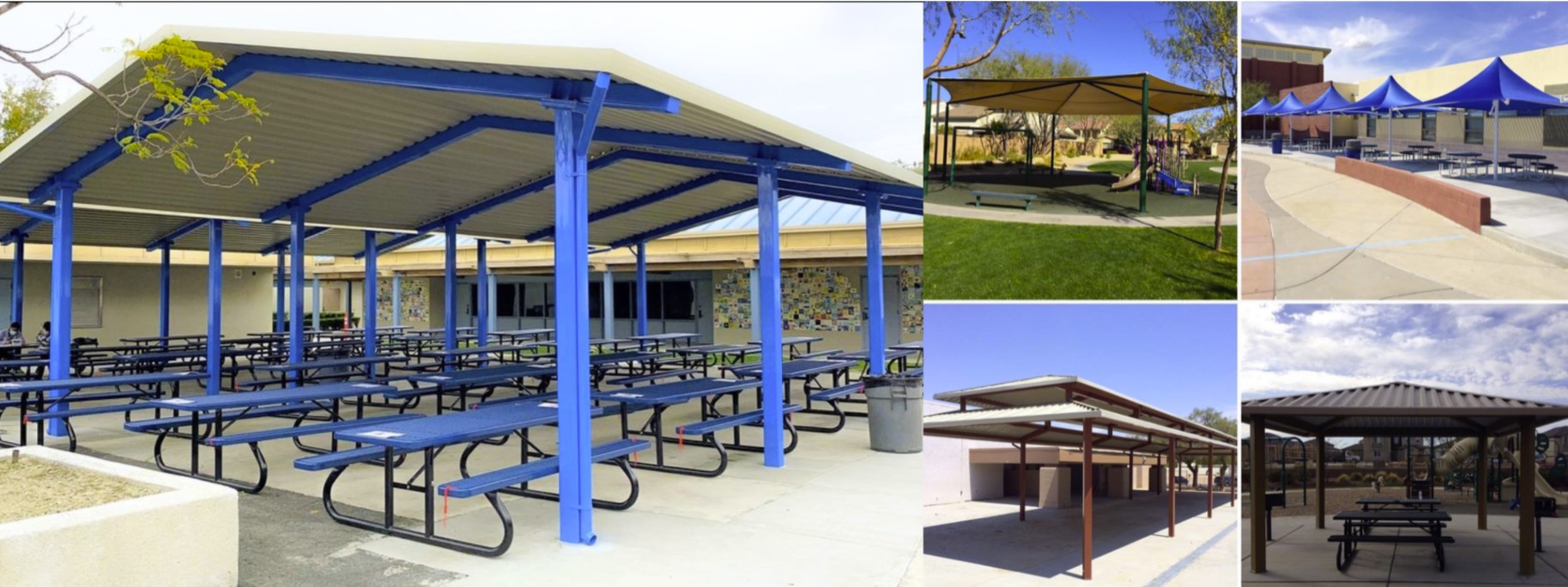The Pelican Playgrounds team is planning outdoor projects for ESSER funds with schools.
What are ESSER Funds / Funding and what schools are eligible?
Elementary and Secondary School Emergency Relief (ESSER) Funding aims to help K-12 schools “rethink the way students access education.” Federal funding through the Coronavirus Relief Fund intends to make learning more accessible to students with disabilities, at-risk populations, language needs, and other challenges.
ESSER funds are allocated to each state as a formula grant based on the state’s level of Title I, Part A funding. Ninety percent of state ESSER funds must be distributed to LEAs based on each LEA’s share of Title I, Part A funds. States can keep the remaining 10 percent.
EAs (Local Education Agencies) are eligible! A State must subgrant no less than 90 percent of its total ARP ESSER allocation to local educational agencies (LEAs) (including charter schools that are LEAs) in the State to help meet a wide range of needs arising from the coronavirus pandemic, including reopening schools safely, sustaining their safe operation, and addressing students’ social, emotional, mental health, and academic needs resulting from the pandemic
ESSER I – $13.2 billion (Coronavirus Aid Relief, and Economic Security (CARES) Act
ESSER II – $54.3 billion (Coronavirus Response and Relief Supplemental Appropriations (CRRSA) Act)
ESSER III – $122 billon (American Rescue Plan (ARP) Act)
How can schools use ESSER funds for outdoor improvements?
Today, there are 15 allowable uses for ESSER funds so there is and will be a lot of competition for the funds at schools and school districts. As of December 2020, the NEW allowable costs (#13) from the U.S. Department of Education include school facility repairs and improvements to enable schools to reduce the risk of virus transmission and exposure to environmental health hazards and support student health needs. Creating plans for outdoor recreation, learning, fitness, eating, and sensory play spaces can constitute risk-mitigating facility improvements.
Allowable ESSER category #1 – Anything allowable under any other federal grant
- Any activity authorized by the ESEA of 1965, including the:
- Title I programming
- Native Hawaiian Education Act and the Alaska Native Educational Equity, Support, and Assistance Act,
- Individuals with Disabilities Education Act (‘‘IDEA’’) – can be used for improvements to add additional inclusive playground equipment for students with disabilities/exceptionalities
- Adult Education and Family Literacy Act,
- Carl D. Perkins Career and Technical Education Act of 2006, or • Subtitle B of title VII of the McKinney-Vento Homeless Assistance Act
Allowable ESSER category #13 – School facility repairs and improvements to enable operation of schools to reduce risk of virus transmission and exposure to environmental health hazards, and to support student health needs.
What are examples of Allowable Expenses under ESSER category #13?
-
- Facility improvements necessary for upgrading ventilation and air conditioning systems

- Long-term outdoor classroom spaces
- Additional space for social distancing
- Expanded safe storage locations for cleaning and disinfecting supplies
- Renovated restrooms to improve health and safety
- Roof replacements if needed to improve the health and safety of the facility
- Upgraded outdoor playground equipment
- Water bottle filling stations
- Outdoor equipment for physical education
- Handwashing stations and outdoor sanitizing stations throughout the facility
- Facility improvements necessary for upgrading ventilation and air conditioning systems
Outdoor Classrooms Can Double Cognitive Functioning
One study of 21,000 U.S. elementary students showed that, over one school year, kids who were exposed to more sunlight during their school day displayed 26% higher reading outcomes and 20% higher math outcomes than kids in less sunny classrooms. Another interesting study demonstrated that healthier air quality (in the form of low CO2 levels) can double cognitive functioning. This teacher’s personal account highlights that nature increases happiness and she addresses some of steps educators can take to make the transition to outside more feasible. Imagine the impact that more outdoor classrooms would have on students’ academic growth, achievement, health, and overall happiness.
Our owner, Lauren, started Pelican Playgrounds because every child thrives when given ample opportunity to be outside and play. She is ready to lend her grant writing (and teaching outdoors) experience to Pelican Playgrounds customers. She can work with you on the narrative for your ESSER funds approval, design, quote, and installation of your outdoor classrooms, physical education equipment, sanitizing stations, etc. Give her a call on her cell for questions or 1-on-1 support: 504-909-6544. You can also reach her via email at: lknight@pelicanplaygrounds.com
@pelicanplaygrounds







